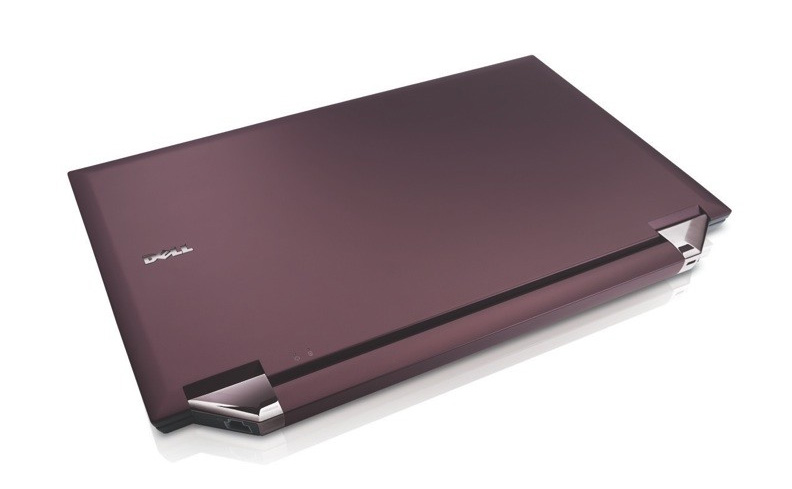
Microsoft has announced an agreement with Linux desktop provider Linspire designed to let documents, instant messaging, and digital media more easily flow between Windows and Linux operating systems, and provide both companies "intellectual property assurance"—meaning, some guarantee their legal teams won’t suddenly set sights on each other.
"Delivering interoperable solutions for our customers is an important priority," said Bill Hilf, Microsoft’s general manager of Platform Strategy, in a statement. "Covering features from document formats to instant messaging and digital media, our announcement today with Linspire is an important step for our mutual customers."
The agreement calls for the companies to work together on broad areas of interoperability between the operating systems, with specific efforts targeting document sharing between OpenOffice and Microsoft Office, as well as Linspire offering support for Windows Media 10 audio and video codecs. Linspire will also license Microsoft’s RT Audio Codec to enable voice chat between Linspire’s PIgdin IM client and Microsoft’s various voice-enabled communications technologies. Linspire will also get a license to widely used Microsoft TrueType fonts, and Linspire will set Microsoft’s Live Search as the default Internet search engine in Linspire 5.0.
Linspire also gets a patent covenant agreement from Microsoft, with the idea that Linspire users will be granted rights to any technologies in Linspire which may utilize Microsoft patents. Microsoft recently claimed that Linux violates more than 200 Microsoft patents; the Linux community as summarily rejected Microsoft’s claims and the company has yet to pursue any infringement claims. However, the mere threat of patent litigation against Linux by Microsoft has cast a shadow over the use of LInux in some enterprises and organizations.
"Linspire has always been about choice, and this announcement continues our tradition of offering options for improved interoperability, enhanced functionality, and confidence," said Linspire CEO Kevin Carmony. "Over the years, in an effort to expand choice, we have entered into dozens of agreements with commercial software vendors. It certainly made sense to collaborate with Microsoft, one of the most important partners in the PC ecosystem."
Microsoft and Linspire don’t have the most pleasant of histories: Linspire got its start under the name Lindows in 2001, but took $20 million from Microsoft to change its name to Linspire and walk away from a trademark infringement suit.
The Linspire agreement is the most recent in a series of deals Microsoft has made with Linux distributors, including Novell and Xandros—those deals also offer patent infringement protection to those companies’ customers.
Editors' Recommendations
- The next big Windows 11 update has a new hardware requirement
- Best Squarespace deals: Save on domains, web builder, and more
- ExpressVPN Deals: Save 49% when you sign up today
- Surface Pro 10: all the major changes rumored for the new model
- How to double space in Microsoft Word

